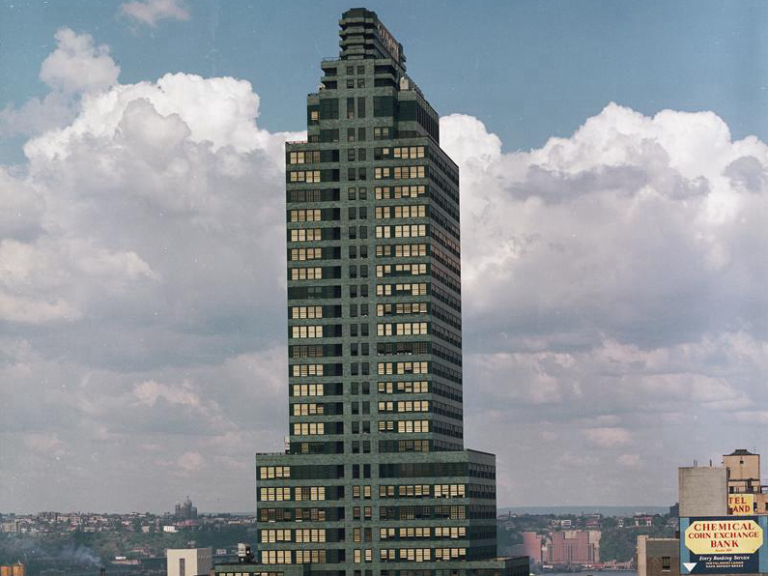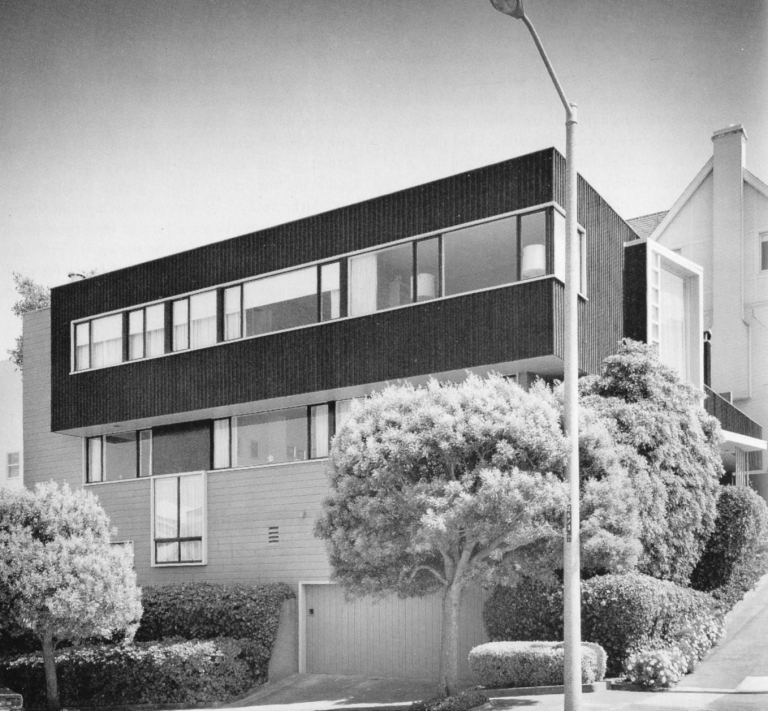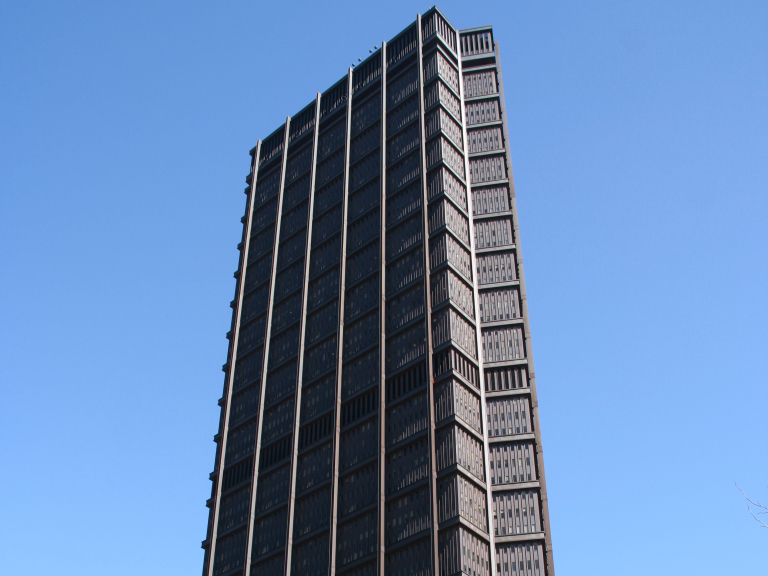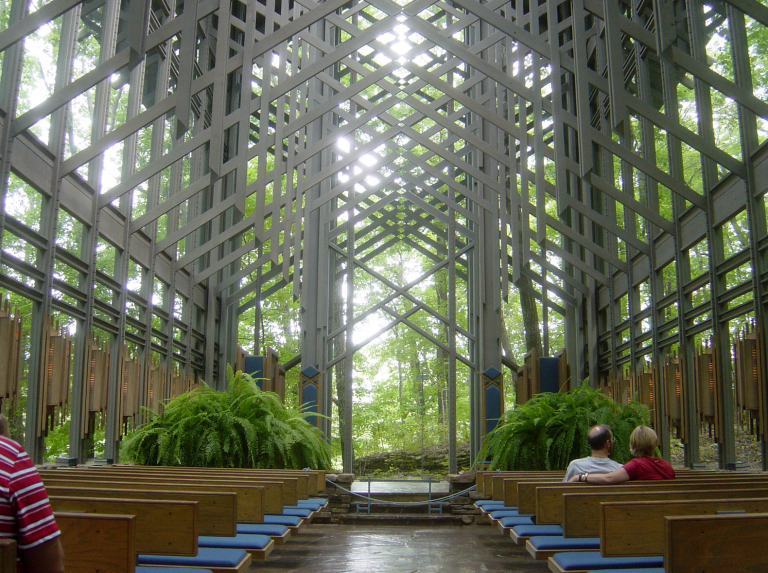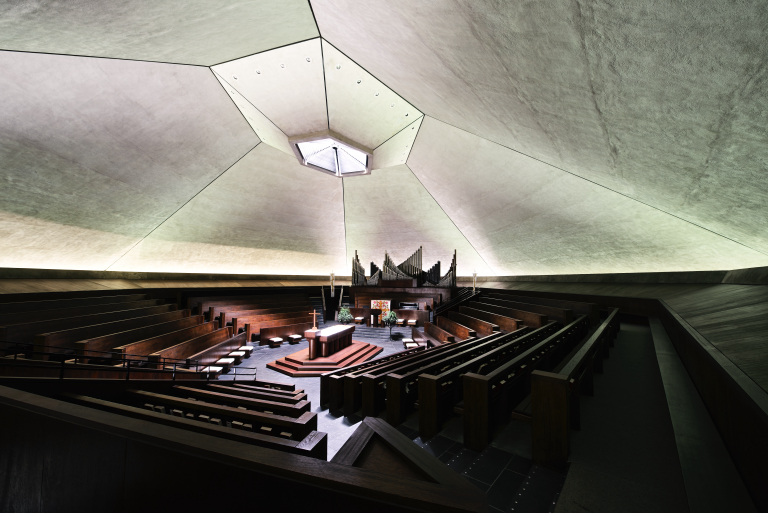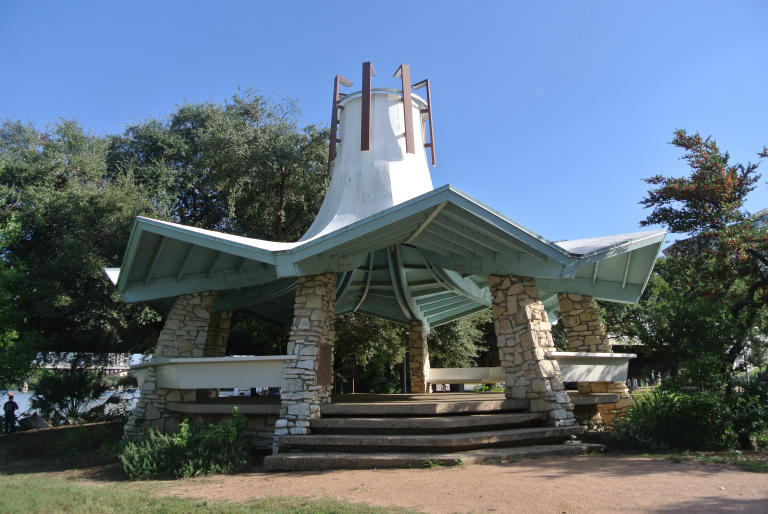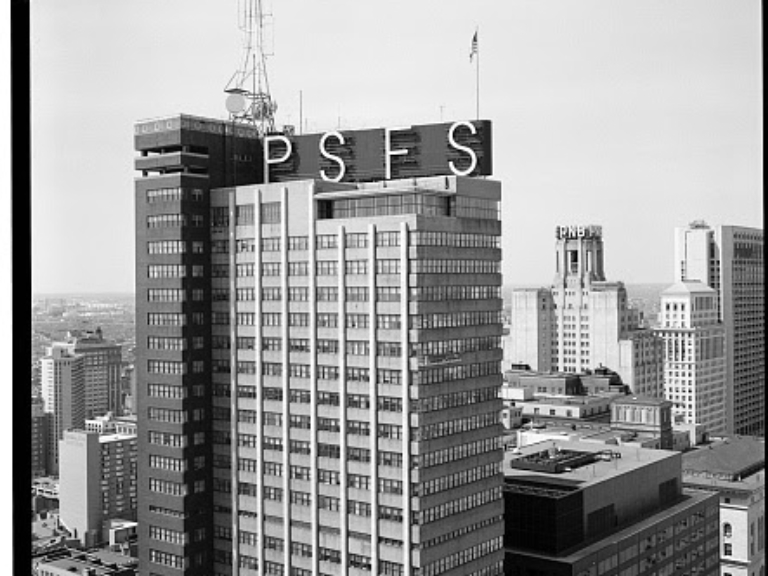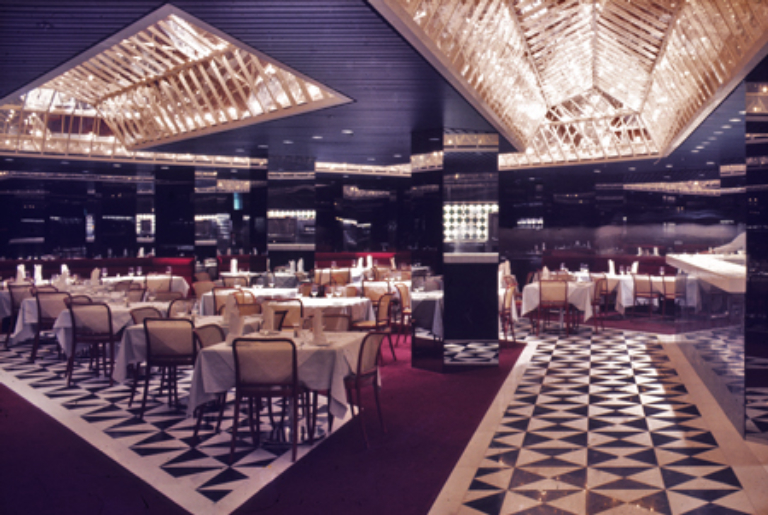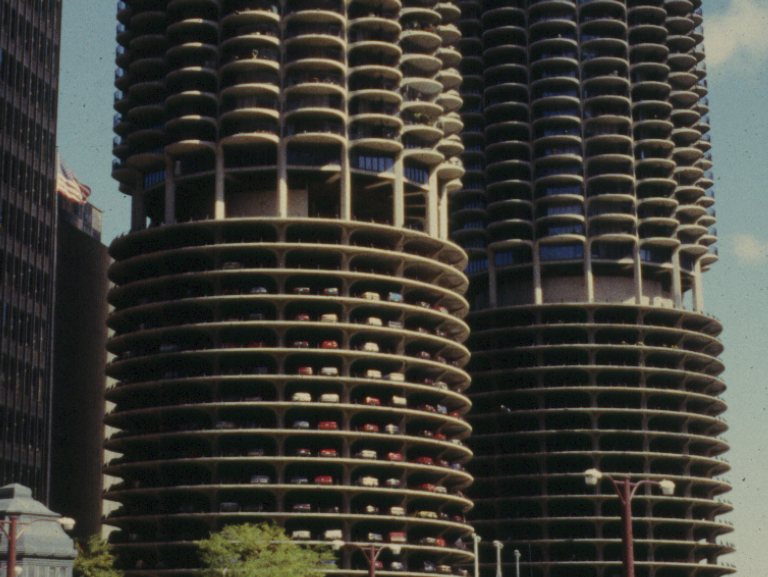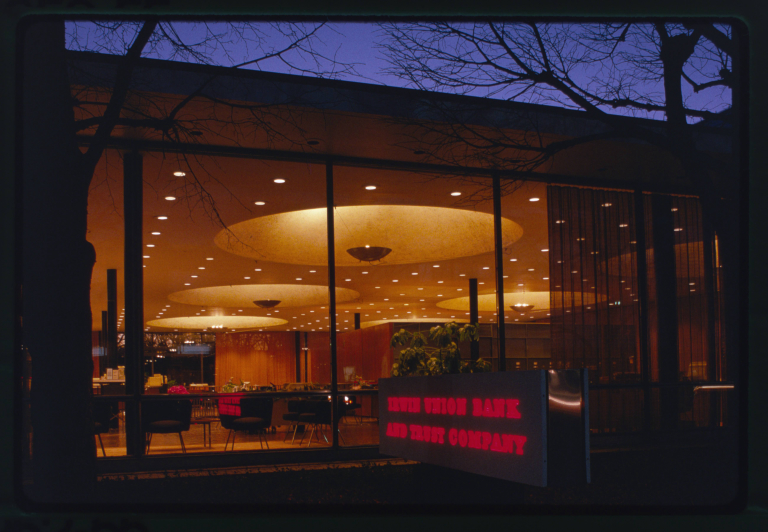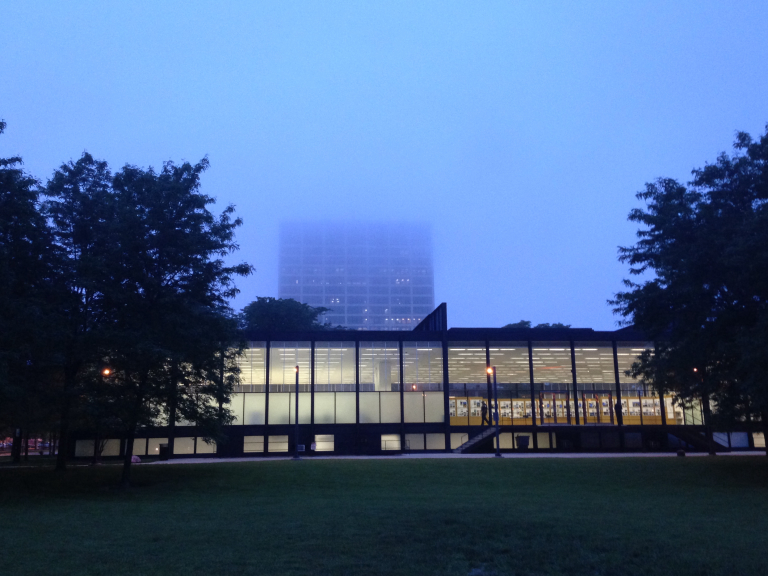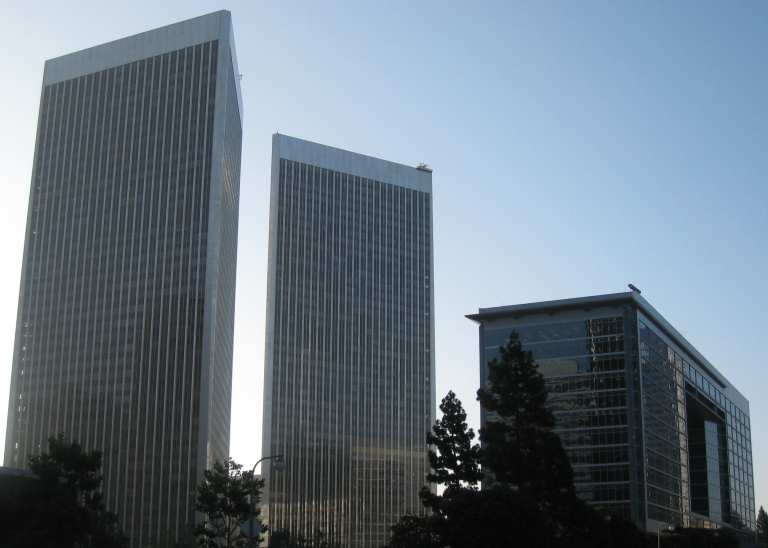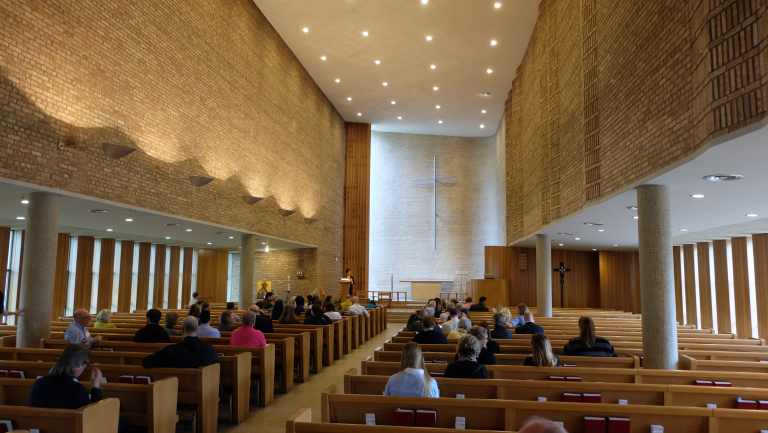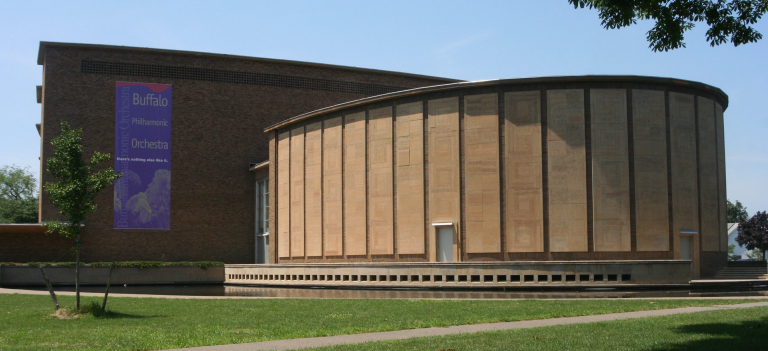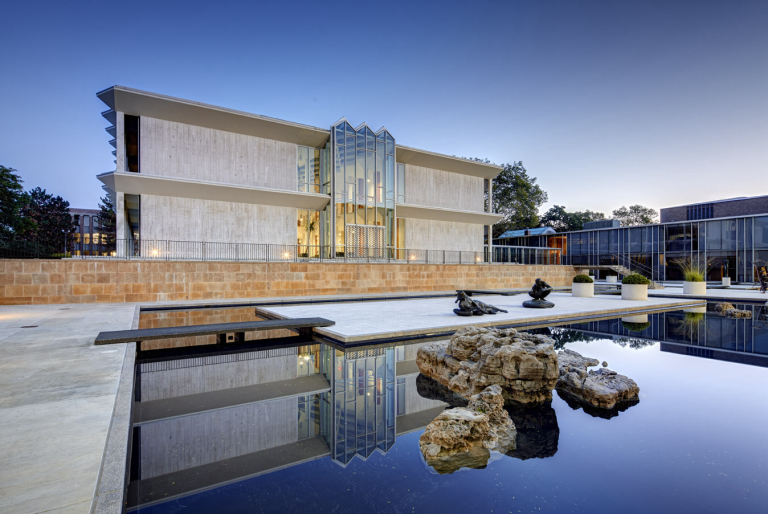The Modern Era is broadly defined in the United States as the period from 1930 through the 1970s. Buildings or sites of the period often looked to the future without overt references to historical precedent; expressed functional, technical or spatial properties; and was conscious of being modern, expressing the principles of modern design. The architecture produced during this period took on many forms and represented a range of complex ideology. The terms included here represent a means of categorizing these disparate resources based on design similarities, but are in no way intended to limit or fully define them.
Robinson, Judith Helm., and Stephanie S. Foell. Growth, efficiency and modernism: GSA buildings of the 1950s, 60s, and 70s. Washington, D.C.?: U.S. General Services Administration, Office of the Chief Architect, Center for Historic Buildings, 2005. Print.

